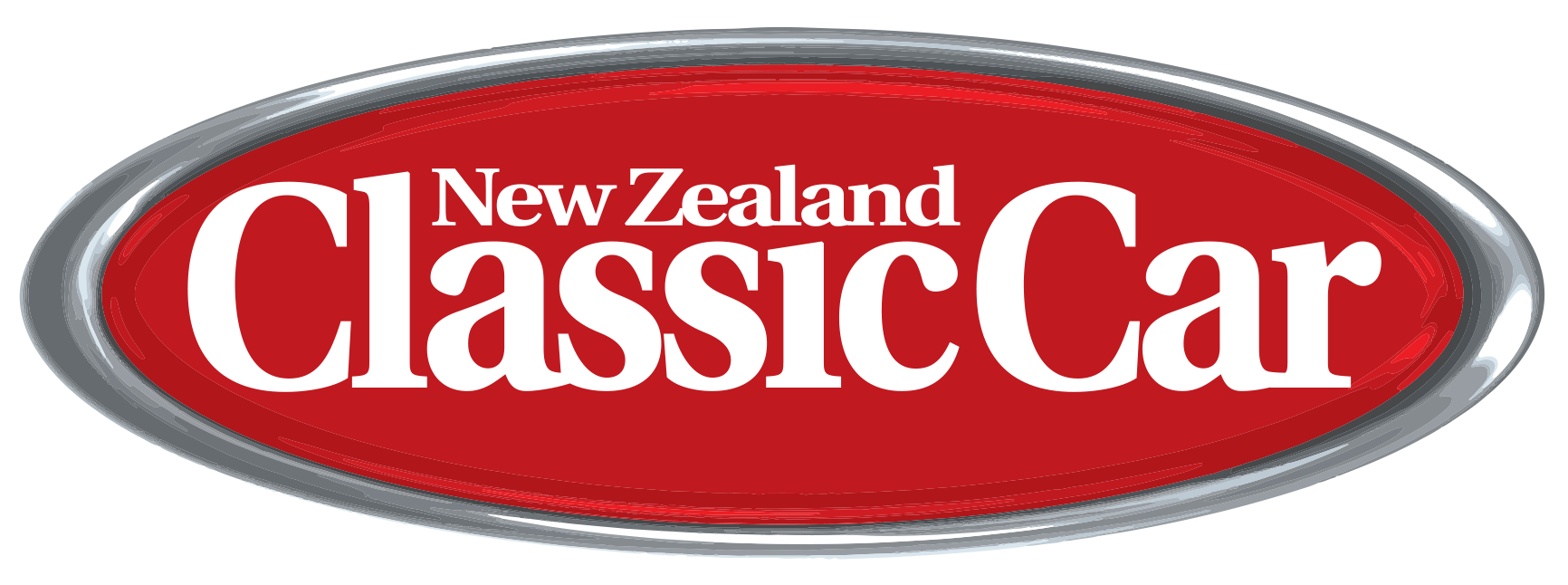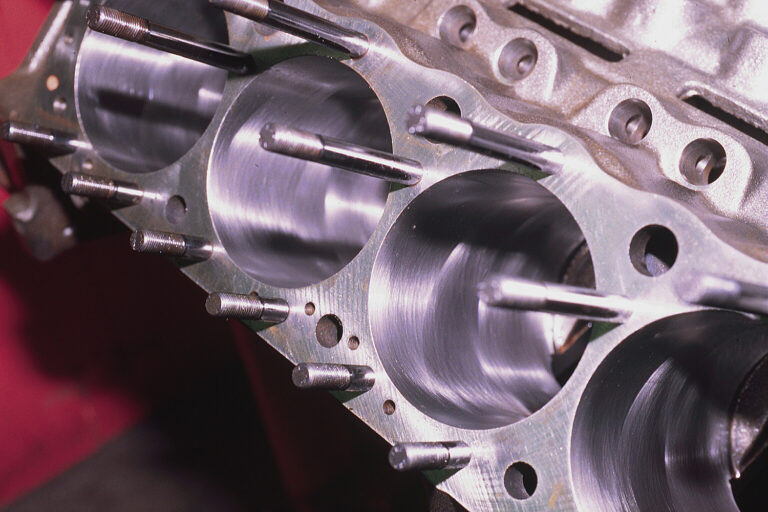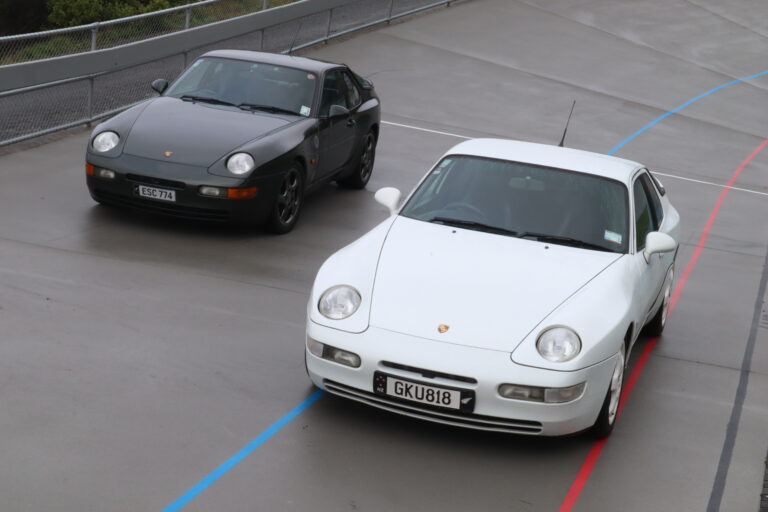In a special countdown to Harley Davidson’s 110th anniversary celebrations, two commemorative motorcycle petrol tanks were presented to Pope Emeritus Benedict XVI — they were signed, and returned to Harley Davidson’s US headquarters to be mounted to their respective motorcycles.

Pope Emeritus Benedict XVI’s signature on the petrol tank
One of these remains in the Harley Davidson museum in Milwaukee, USA. The other — the FLSTC 103 Heritage Softail Classic, destined for Bonhams’ 2015 sale — sat awaiting a special ceremony where it would be presented to the Pope at the 110th anniversary celebration back in 2013.
Pope Benedict unexpectedly abdicated in January 2013 and, as a result, the motorcycle was presented to the newly inaugurated Pope Francis.
Entered at no reserve the motorcycle is expected to fetch €15,000–25,000 (NZD$23,800–39,700 approx.) and auction proceeds will be donated to Stowarzyszenie Przyjazny Świat Dziecka (Friendly World Association), a Polish non-profit organization that offers care and support to children and families in need. The Harley-Davidson will be sold on February 5, 2015 as part of Bonhams’ Les Grandes Marques du Monde sale at the Grand Palais in Paris.


